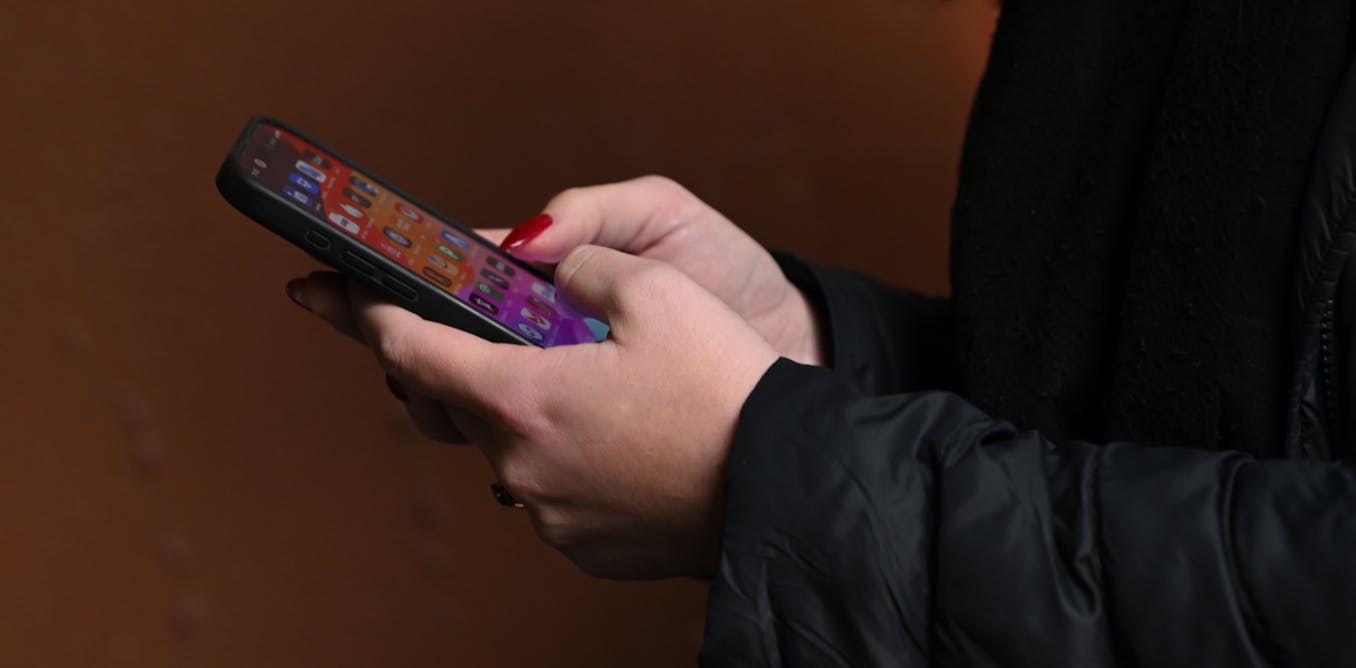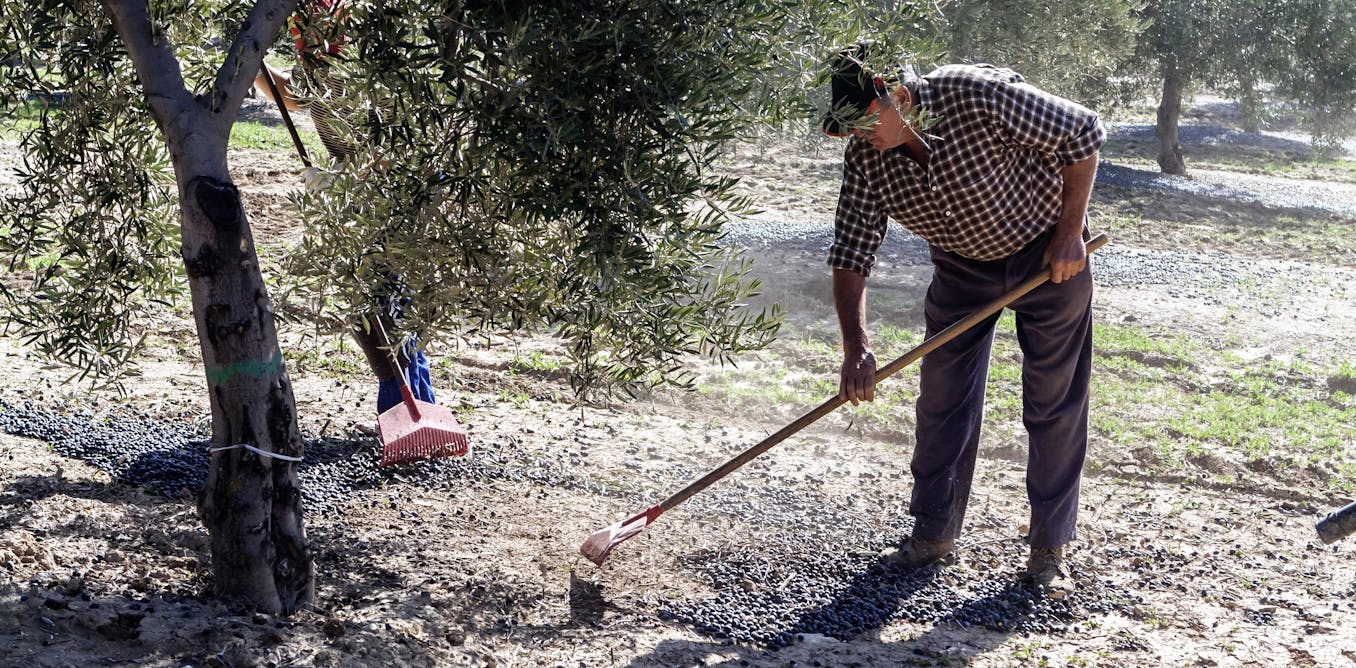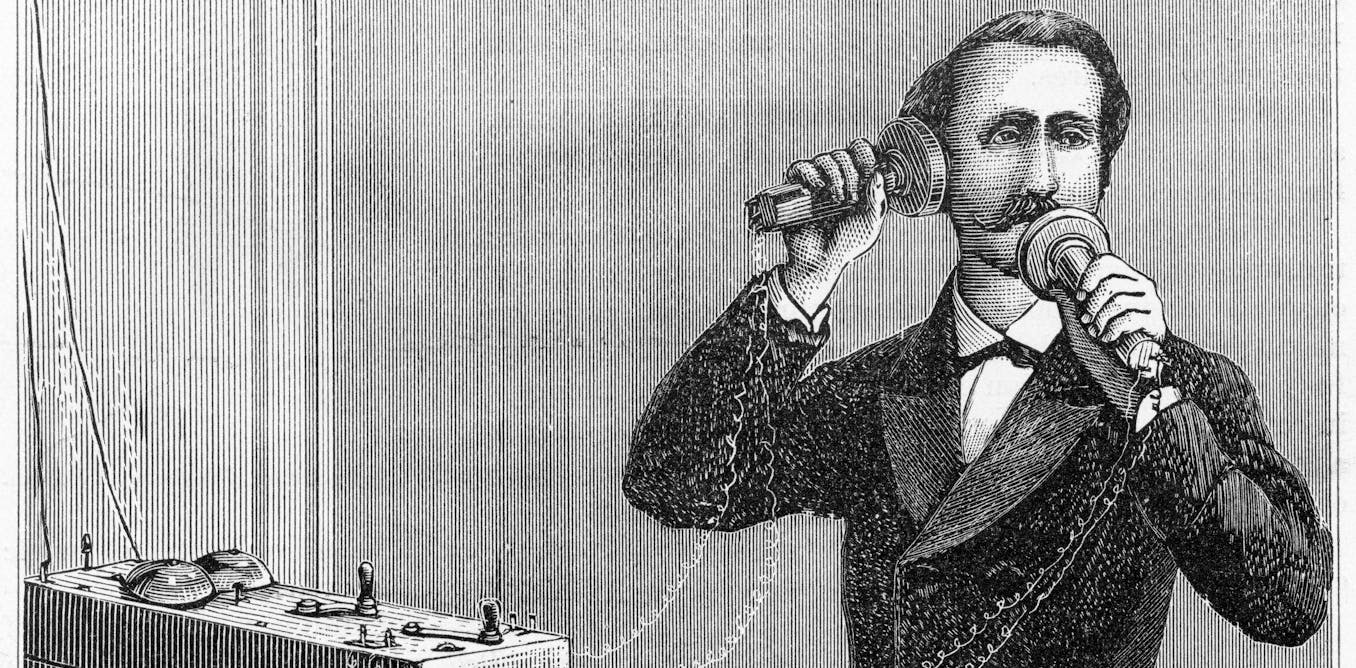By 1954, artist Grace Hartigan no longer doubted herself. Her bold vigorous paintings, which mixed abstraction with figuration at a time when both methods were strictly separated from one another, were finally receiving an abundance of critical and commercial attention. A string of solo exhibitions at Tibor de Nagy had attracted substantial crowds. The Museum of Modern Art and the Whitney had acquired pivotal pieces, and her works were selling well, sometimes better than those by the Abstract Expressionist predecessors to whom she looked up. She embraced her real name, discarding the pseudonym George that she had adopted as a societal critique and a campy reflection of her desire to play with gender. When the influential—and almost tyrannical—art critic Clement Greenberg implored her to stop painting, she scoffed and doubled down instead of retreating; months later, she would send him a scalding letter, ending it by writing: “You are a coward because you back your words with more words. . . . I must ask you to ‘put up or shut up.’”

Grace Hartigan, Black Crows (Oranges No. 1), 1952
University of Buffalo Art Galleries. Photo: Nicholas Ostness.
Hartigan was fearless partly because she had come to painting later than many of her art world peers. In subsequent interviews, she reminisced about experiencing something akin to impostor syndrome upon arriving in New York; however, she remained ambitious, determined to make an impact on the art world. And she did. By the mid-1950s, Hartigan was nearly as popular as Jackson Pollock, having become emblematic of a larger, and distinctly American, trend.
“The attention had come Grace’s way because of her talent,” recounted Mary Gabriel in her 900-page opus, Ninth Street Women, “but also because she was a fascinating phenomenon, one that embodied a previously nearly unimaginable combination: a successful, young, independent American woman and artist.” Missing from that summation, Gabriel noted, was “how she had achieved that state: by eliminating all entanglements from her life,” including by divorcing her then-husband and leaving her son in the care of his paternal grandparents while she pursued the call of a full-time painting career.

Grace Hartigan, Two Women, 1954
The Levett Collection. Photo: Frase Marr.
As her star rose, the painter grew fatigued by the rivalry brewing among fellow downtown artists and felt constrained by the stylistic confines they imposed on one another in search of aesthetic purity (a mission partly inspired by Greenberg’s critical preference). Hartigan began to look elsewhere for inspiration and encouragement, turning toward another collective of influential and innovative creative figures, ones determined to challenge modernist approaches and redefine cultural work in the postwar period.
The new exhibition “Grace Hartigan: The Gift of Attention” at the North Carolina Museum of Art in Raleigh, curated by Jared Ledesma, highlights how the painter’s connections with midcentury avant-garde poets like Daisy Aldan, Barbara Guest, Frank O’Hara, James Schuyler, and others shaped her distinctive style and encouraged her to challenge prevailing methods. The show also emphasizes the strong bonds she developed with these writers, relationships that provided a sense of belonging in a downtown scene where she initially felt out of place. By collecting work from Hartigan’s most prolific period, historic photos, and rarely seen collages and prints, the show aims to fill in a chapter of Hartigan’s life that has, until now, only been loosely sketched out. It rounds out this narrative with new research undertaken by the curator and a devoted catalog containing a collection of illuminating essays.

Grace Hartigan, Interior with Mexican Doll, 1955
North Carolina Museum of Art.
Poets in Hartigan’s circle, experiencing a surge of popularity in their own right, sought to break established lyrical conventions and experiment with verse to make the everyday strange. Their syntax subtly expressed the prevailing uncertainty in postwar American society, discarding ubiquitous themes and structures that rendered traditional poetry stale in a new world. “It’s clear [these poets] were supportive through impromptu moments of criticism and monetary means,” Ledesma told ARTnews, “but it’s also important to consider how their unbridled vacillation between writing styles likely affected Hartigan’s own shift between camps. It must have been freeing. Further,” Ledesma added, “their open and carefree lifestyles appealed to Hartigan’s individuality—as an artist and an independent spirit navigating mid-century America.”
“The Gift of Attention” starts with a collection of iconic artworks, including MoMA’s early acquisition, The Persian Jacket (1952), and the Whitney’s Grand Street Brides (1954). Both pieces exemplify Hartigan’s modernist-influenced style, featuring gestural figures similar to Matisse’s and vivid color fields created with heavy, bold brushstrokes that appear dug out of thick layers of paint. “Painting is not putting on a mask, but taking it off,” Hartigan wrote in one of her journals, and Masquerade (1954), also included in this front room, seamlessly bridges this stylistic approach and allegorical subject matter. The work depicts Aidan, O’Hara, John Ashbery, and others from her influential circle, alongside the artist herself, in an abstracted array of disguises and outlandish outfits.

Grace Hartigan, East Side Sunday, 1956
Brooklyn Museum. Copyright © Estate of Grace Hartigan.
The museum includes the contact sheet from Walter Silver’s photographs of the crew that served as the painting’s inspiration. It’s clear from the photos that Hartigan’s depiction is jovial, but she also used abstraction and figuration metaphorically, as art historian and curator Frances Lazare posits in her catalog essay, to capture how her queer poet friends navigated the dichotomy of living authentically among themselves but camouflaging in the real world—hiding their lovers, entering lavender marriages, and the like. In this regard, Two Women (1954), a portrait of Aldan and her lover, Olga Petroff, is one of the most striking in the exhibition. Hartigan’s painting is a testament to their lasting relationship, a depiction that was, in Ledesma’s words, “extraordinary given the time period.”
Interior with Mexican Doll (1955), part of the North Carolina Museum of Art’s permanent collection, rounds out the display of this prolific era and was the show’s catalyst. The museum was gifted this painting in 1957 by poet James Merrill, son of the banker who cofounded the Merrill Lynch investment firm. Merrill the poet provided financial support for acquisitions of many of Hartigan’s pieces in this period, including Grand Street Brides for the Whitney and, as Ledesma discovered, East Side Sunday (1956) for the Brooklyn Museum. Ledesma acknowledges that, despite Merrill’s ongoing patronage and his frequent expressions of admiration for Hartigan’s vibrant works, “the relationship between [the two] is still very much a mystery.”

Grace Hartigan, Snow Angel, 1960
Private collection. Photo copyright © 2021 Christie’s Images Limited.
It’s a Farewell (1959), a collage gifted by Hartigan to Merrill and his partner, David Jackson, before they took a long trip and on loan from their historic home in Stonington, Connecticut, leads into a more direct call-and-response section of the exhibition. The show’s “Poetry as Inspiration” segment features paintings, prints, and collages by the artist that reference specific lines, stanzas, images, and, in the case of Hartigan’s “Orange”series, entire poems from her beloved writerly peers. Barbara Guest emerges as a key figure here; like Frank O’Hara, she wrote art criticism alongside her poetry and gained recognition within New York’s downtown scene. (Hartigan admiringly remarked to her, “You are one of the most visual of poets.”) In their regular correspondence, Guest would share new poems and early drafts for Hartigan’s feedback; several inspired Hartigan to create pictorial responses, including Snow Angel (1960) and The Hero (1960), a gray, abstracted cityscape adorned with the inscription “For Barbara” above Hartigan’s signature.
A series of lithographs made by Hartigan between 1962 and 1966 in response to Guest’s “The Archaics” suite of poems, completed over several years as Hartigan moved from New York to Baltimore, close out the show. “Her prints are far underappreciated,” Ledesma said, noting that this is the first time the full suite has been on view in decades. “She took to them like a painter would, with such force and vigor. Incredibly, through diluting tusche, she was able to create shifts in color, tone, and texture that mirror the strength of her paintings.” These prints, alongside collages made from scraps of imperfect ones, hint at Hartigan’s aesthetic transition as she settled into her new locale.

Grace Hartigan, Barbara Guest Archaics, 1968
Rex R. Stevens and the Grace Hartigan Estate. Photo courtesy of the Estate of Grace Hartigan/ACA Galleries, New York.
“Grace was a bold artist who risked almost everything for her career,” Ledesma said. “Maintaining individuality was incredibly important for her.” Even so, it’s clear that the critical influence, brainstorming support, and quiet patronage of these midcentury poets greatly impacted Hartigan and kept her motivated after a series of dissatisfactions with the contemporary art world.
“The Gift of Attention” is a feat of scholarship because it collects a plethora of information and fantastic artworks from a little-researched part of Hartigan’s career. It’s also a strong testament to the power of artistic camaraderie, no matter one’s medium or means. Painting and writing are often lonely pursuits, but the esteem and trust gained through sharing vulnerabilities, forming deep connections, and participating in lively, communal gatherings—along with occasional collaborations and financial support, of course—can have revolutionary effects. As Hartigan showed throughout her life’s work, it’s easier to evolve, take risks, and push aesthetic boundaries as long as you have a few folks in your corner, especially those looking to change the game alongside you.
“Grace Hartigan: The Gift of Attention” will remain on view at the North Carolina Museum of Art in Raleigh through August 10, 2025. The exhibition will travel to the Portland Museum of Art in Maine in the fall and then to the Sheldon Museum of Art in Lincoln, Nebraska, in late 2026.

The post “Grace Hartigan’s Artistic Kinship with Midcentury Poets” by Anne Doran was published on 06/10/2025 by www.artnews.com




































Leave a Reply